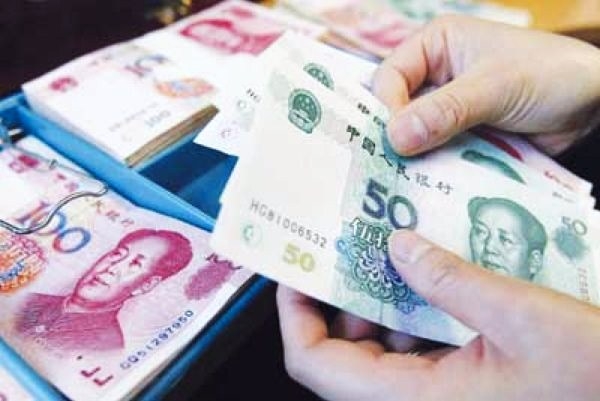
China cuts benchmark one-year lending and deposit rates
The move aims at shoring up weakening loan demand seen lately, says DBS.
DBS Group Research reported:
China announced to cut benchmark 1-year lending rate and 1-year deposit rate by 31bps and 25bps to 6% and 3% respectively last evening. This is the 2nd cut within a month. The move clearly aims at shoring up weakening loan demand seen lately. It is also probable that 2Q12 GDP that is due next week may advance less than 8%.
Even more interesting is the further relaxation of the lending rate floor. Banks can now offer a maximum discount of 30% on the benchmark rate. For instance, the lowest possible 1-Y lending rate can go as low as 4.2% (6% x 0.7x) now. On the deposit side, the fact that the banks can offer 10% higher than the benchmark means the deposit rate in reality is 3.3%. (3% x 1.1x). The margin spread for the best borrowers facing the banks is thus only 90bps (4.2% -3.3%). To compare, profit spread before the cuts and relaxation on lending rate floor and deposit rate ceiling in May 12 was 240bps (6.56 x 0.9x minus 3.5%).
As a result, banks are making less money than before from their best customers. And the relaxation on the lending rate floor will likely trigger more intense competition amongst banks. That will force them to rationalize their lending decisions. If they make less money from the same group of customer, they probably have to offset the margin compression by charging higher rates to riskier borrowers. This will improve the asset quality of the banks in the long run.
The authority has to pace the liberalization exercise sensibly so as to avoid fueling cut-throat competition amongst the banks. As the last “rate cut” exercise showed in June, deposit rates went up the next day after banks were granted the freedom to offer deposit rates 10% higher than the benchmark. The situation reveals Chinese banks are also fearful of losing deposits. Such experiences are very much in line with international experiences shown by other countries during the course of interest rate liberalization.
That explains why there is no corresponding relaxation on the deposit rate ceiling this round. It can’t be done too fast or else banks’ margin will be gyrated too soon creating other problems. Once again, China’s recent moves on monetary policy have tremendous strategic implications. The plan is to kick off the whole liberalization exercise that was put into a halt for almost a decade. Once it started, the authority observes the competitive behavior of the banks. Then they carefully plan for the next move.
Future interest rate cuts from now on will likely to be accompanied with incremental moves on rate liberalization. And this will be very interesting because they are moving fairly fast on this front than anyone’s expectation.
























 Advertise
Advertise






